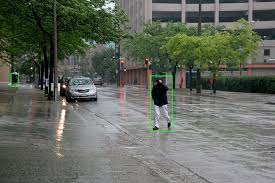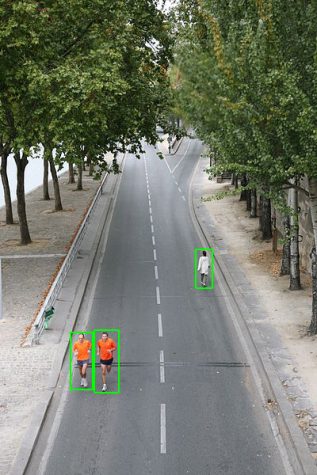Can Safety Technology Save Pedestrians From Being Hit?

December 13, 2019
If life were perfect, drivers would continually be careful of pedestrians, and pedestrians usually use crosswalks and sidewalks. But within the real world, a common experience isn’t enough to defend almost 6,000 pedestrians from fatal automobile crashes each year. That’s a big increase compared to just over 4,000 deaths in 2009.
As advanced driver assistance systems (ADAS) and self-sustaining vehicles (AVs) spur receives newer features in the future, we are hoping that these disturbing records decrease. Unfortunately, new research from AAA gives little cause for optimism.
A look into cars prepared with automatic emergency braking and pedestrian detection systems found that they persisted to hit pedestrians, specifically at night time and at 30 mph. Four 2019 sedans served as check vehicles, all outfitted with “industry-fashionable instrumentation, sensors, and cameras to capture car dynamics, position statistics and visible notifications from the pedestrian”.
Ultimately, automakers need to play a central position in protecting pedestrians. Inserting advanced safety features into ADAS and AVs can help drivers avoid accidents and hitting pedestrians. Pedestrian detection structures sound signals and trigger automated emergency braking while needed, even as forward-collision warnings use audio and visual signals to assist save you collisions.
Hopefully, in the near future, we can have a safer experience for pedestrians and drivers alike to make a safer world for ourselves.
Article Image: Google
Featured Image: Google
Information From: Forbes
